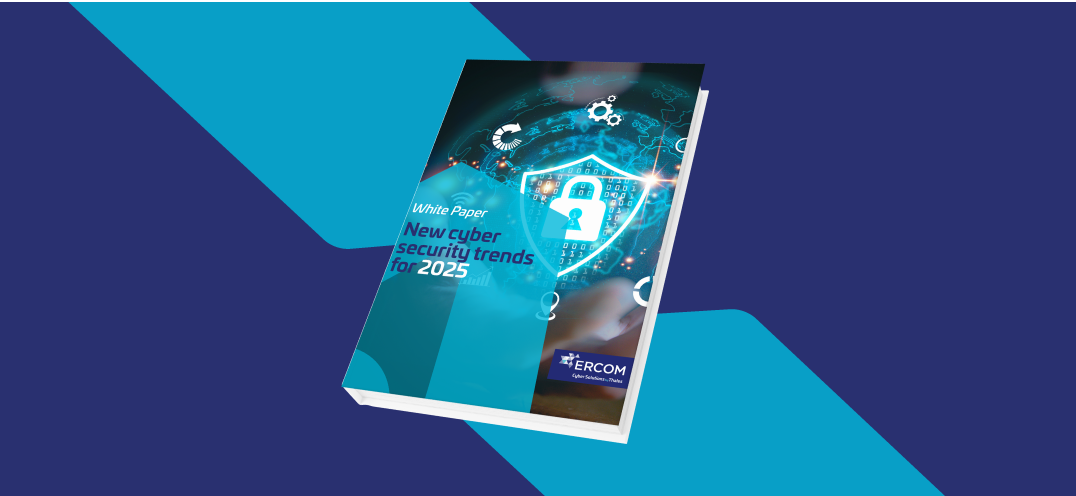Best practices to prevent the risk of cyber attacks
Discover in this article, the best practices to prevent the risk of cyber attacks
Cyber crime is on the increase worldwide, and we are all vulnerable to cyber attacks that can cause serious damage. The consequences of a cyber attack can include data and identity theft, sabotage, loss of reputation and financial loss. It is crucial to emphasize the importance of cyber security in today's world, and to take the necessary steps to prevent cyber attacks.
Raising user awareness
User awareness is a non-negligible step in preventing cyber attacks. Users are often the first line of defense against cyber criminals, as they interact with IT systems on a daily basis. It is therefore crucial to give them the knowledge and skills they need to identify and avoid potential threats.
Best practices for users to avoid the risk of cyber attacks include creating strong passwords and checking suspicious emails. Passwords must be unique, complex and regularly updated. Users should also be aware of phishing techniques, where cyber criminals pose as legitimate organizations to obtain personal and confidential information.
In addition, the use of security software such as antivirus and firewalls is essential to protect systems.
Employee training and awareness are also important measures for strengthening system security. Employees must be trained on the Information Systems Security Policy (ISSP) and regularly informed of the latest cyber security trends. Awareness campaigns can include simulated attacks and incident response exercises to help users recognize and respond to cyber attacks.
By educating users about best practices and providing them with regular training, organizations can strengthen their security and reduce the risk of successful attacks. Cyber attacks can also be avoided by taking preventive measures to secure IT systems against potential threats.
Securing IT systems
The first essential security measure is the use of firewalls to protect computer networks. Firewalls are security software or hardware that block unauthorized communications and monitor network activity for suspicious activity. They can be configured to authorize or block incoming or outgoing traffic, and control access to IT systems.
Protection against malware is also important since malware can be introduced into computer systems through phishing emails, malicious websites or malware downloads. Antivirus and antimalware can help protect computer systems against malware.
Finally, regularly updating IT systems is essential to ensure their protection against the latest threats. Updates can patch security vulnerabilities and improve system performance. Obsolete or out-of-date systems can be more vulnerable to attack.
Managing access
Despite securing IT systems, access management should be implemented to ensure that only authorized people have access to systems and sensitive data. Organizations can implement a number of measures to improve access management.
First off, a strong password policy can be put in place to ensure that passwords are complex and regularly updated.
Two-factor authentication, which requires users to provide two forms of identification, can be implemented to enhance security.
Monitoring user activity can help detect suspicious behavior and reduce the risk of data compromise.
Finally, revoking access for employees leaving the organization or changing jobs must be carried out quickly and efficiently to avoid the risk of data leakage.
Monitoring and detection
In other words, monitoring and detection are key elements of cyber security to prevent attacks and reduce the risk of data compromise. Organizations can also use various tools to monitor and detect cyber attacks.
Intrusion detection systems are designed to detect suspicious activity on networks and computer systems and provide real-time alerts for abnormal activities. These enable the implementation of preventive measures and adapted management to avoid Shadow IT.
Activity logs can also be used to monitor activities on systems and networks and help identify security problems.
A cyber security audit is recommended to assess the IT security risks an organization is facing, as well as the effectiveness of the protective measures it has put in place to guard against these threats.
Finally, security alerts can be set up to inform administrators if suspicious activities or an intrusion attempt is detected.
To conclude, it is essential for organizations to implement effective cyber security measures to prevent cyber attacks. Raising user awareness is an important step in reducing the risk of data compromise, by encouraging the use of best security practices such as creating strong passwords and checking suspicious emails. Securing IT systems, access management, and monitoring and detection, are also key elements of cyber security that can help prevent attacks and minimize potential damage. Finally, it is important to remain vigilant and regularly update security practices to ensure effective protection against the latest cyber threats. By proactively adopting these best practices, organizations can reduce the risk of cyber attacks and protect their data and reputation.



